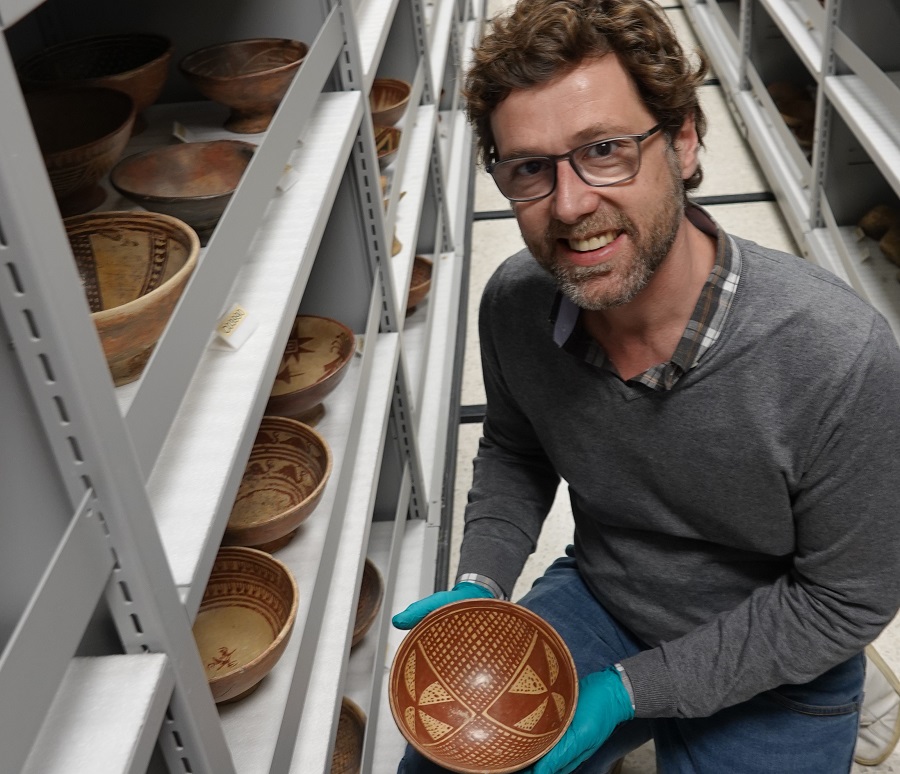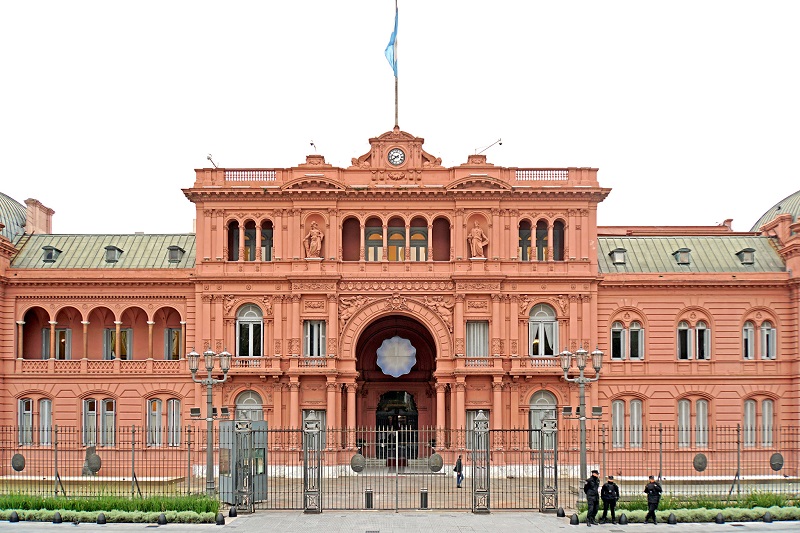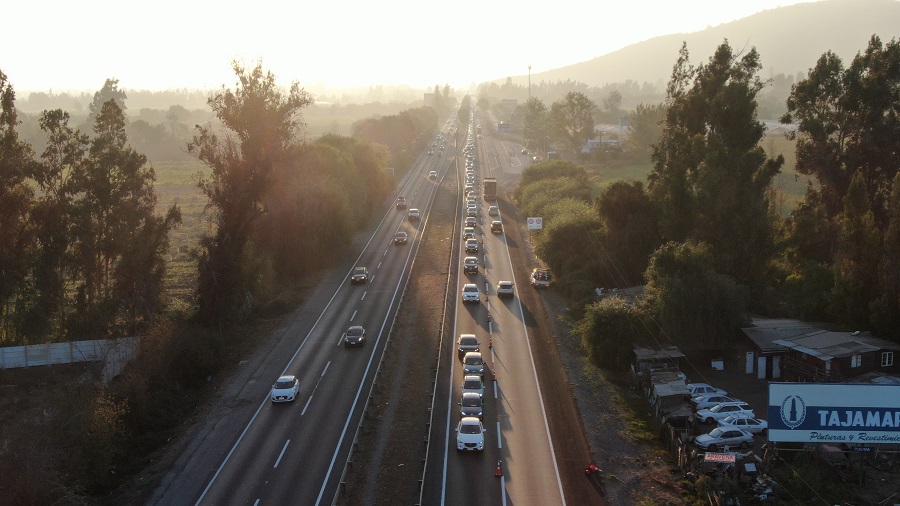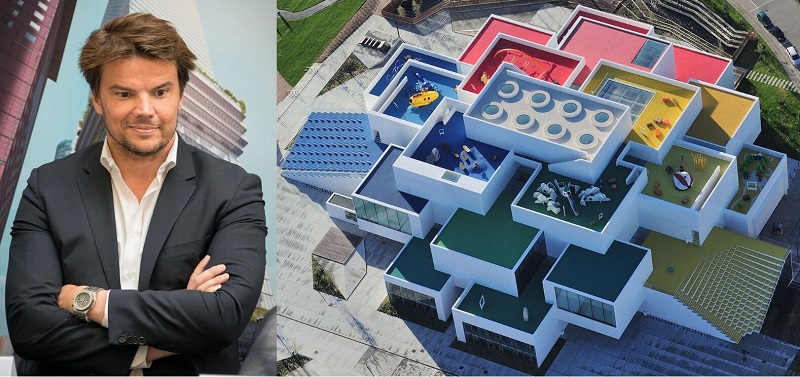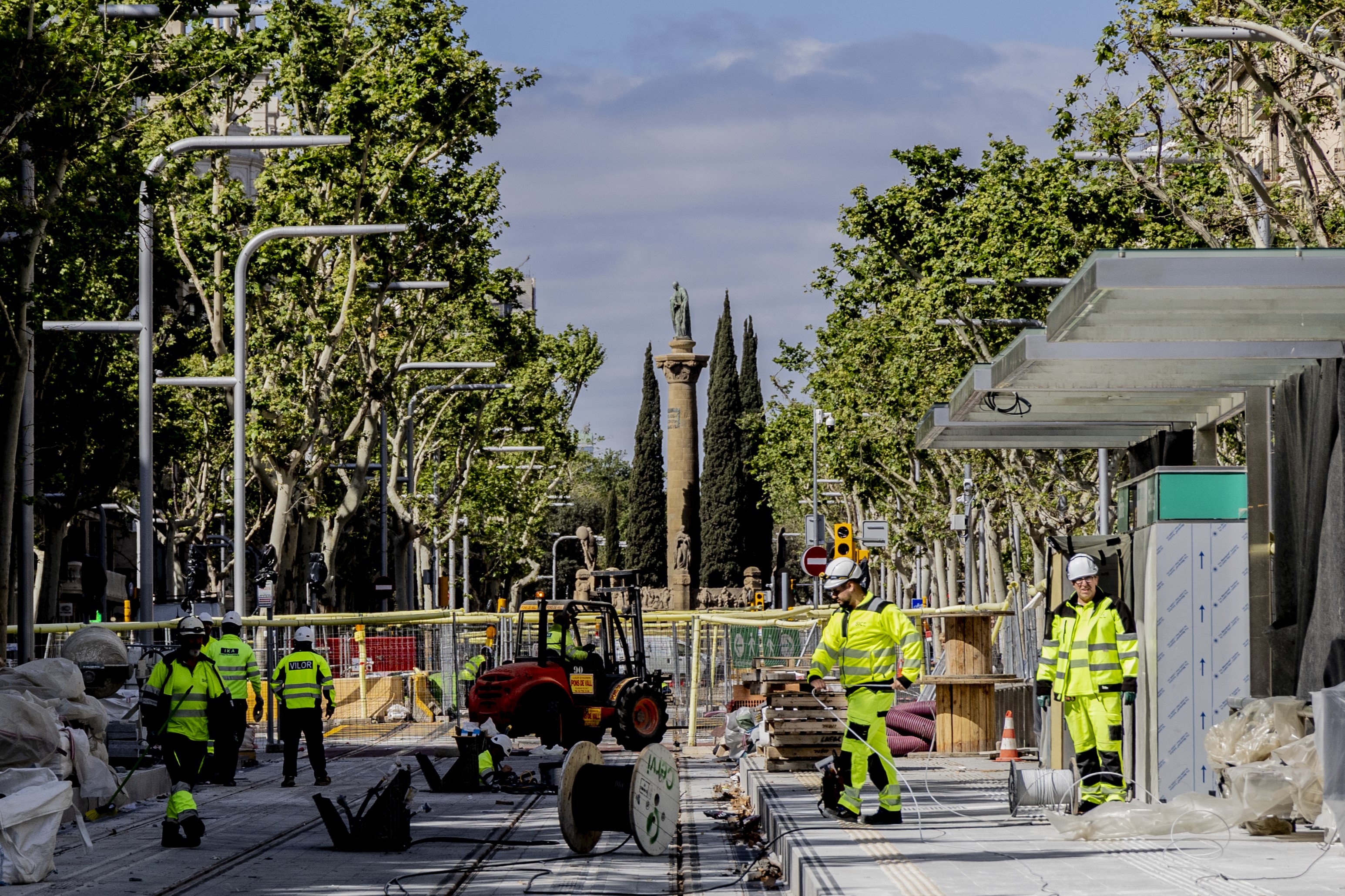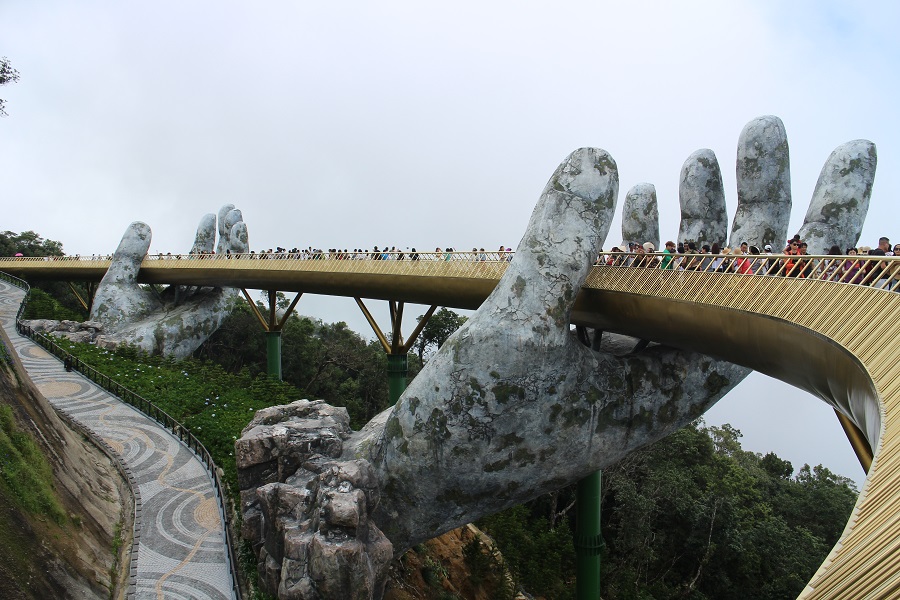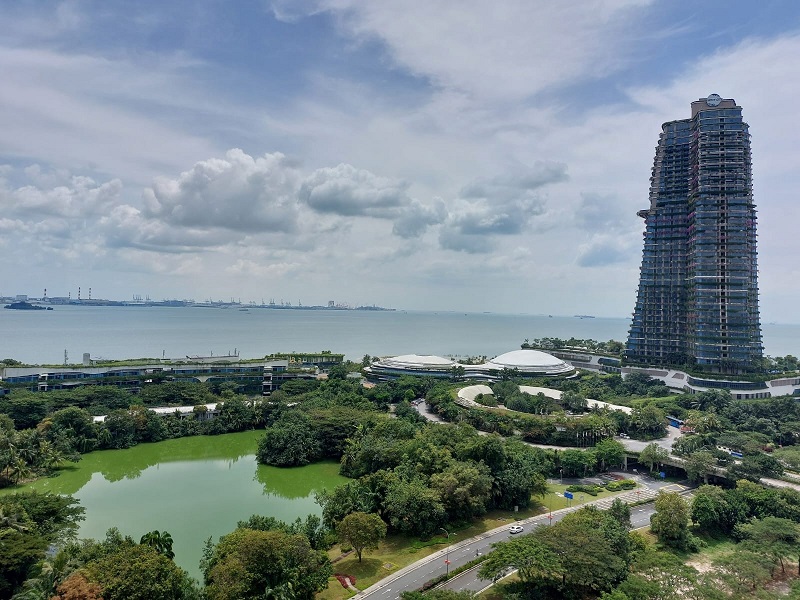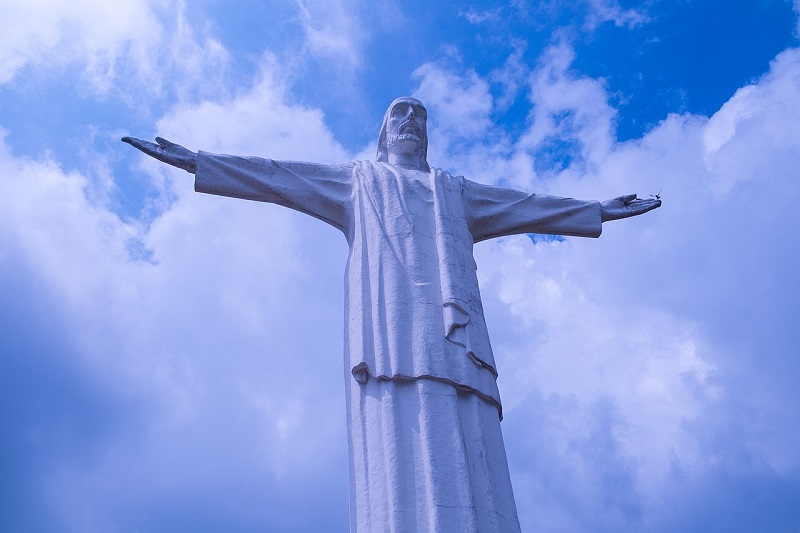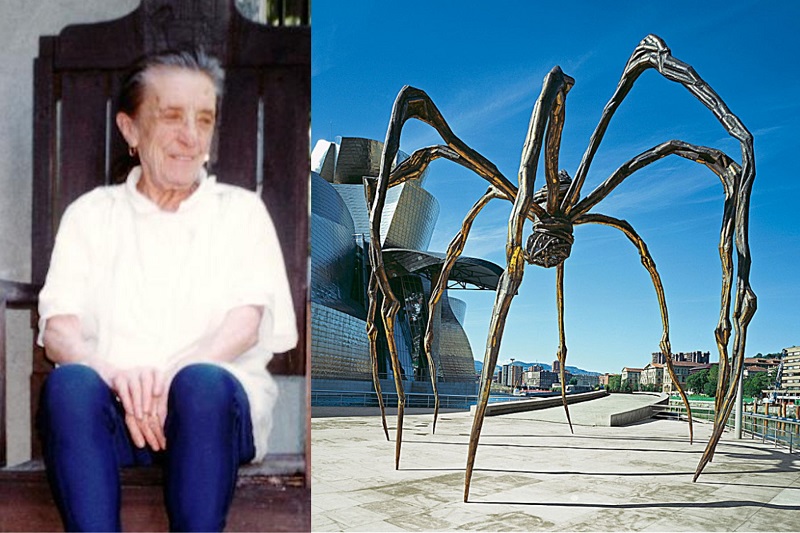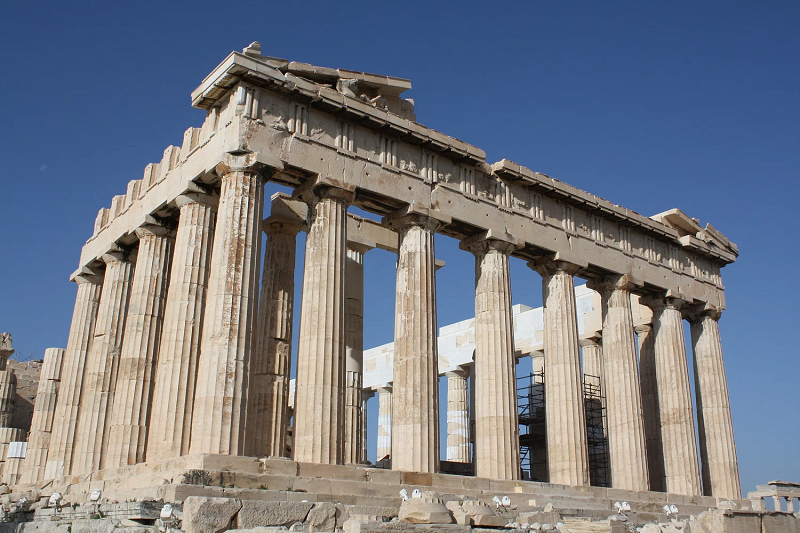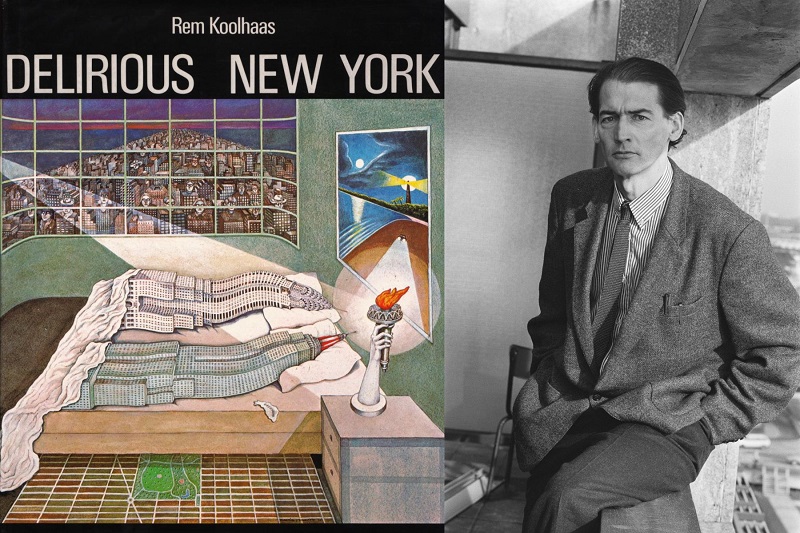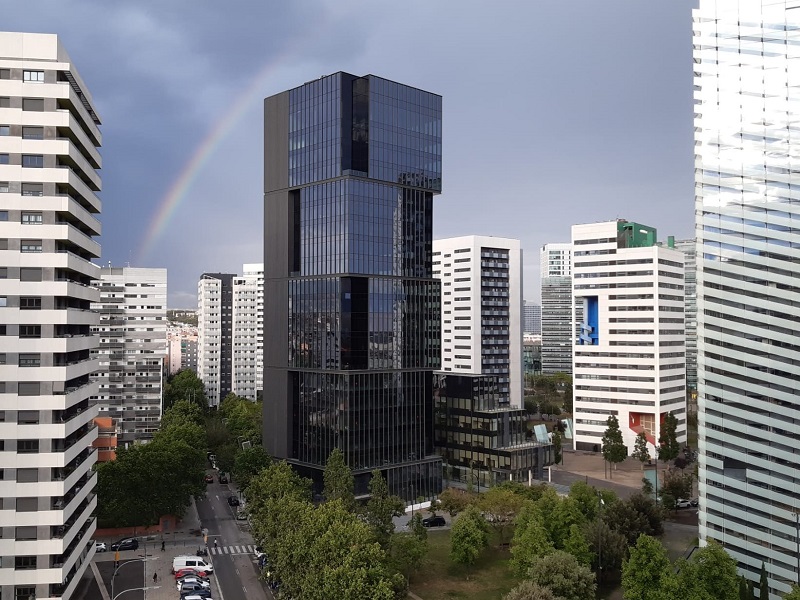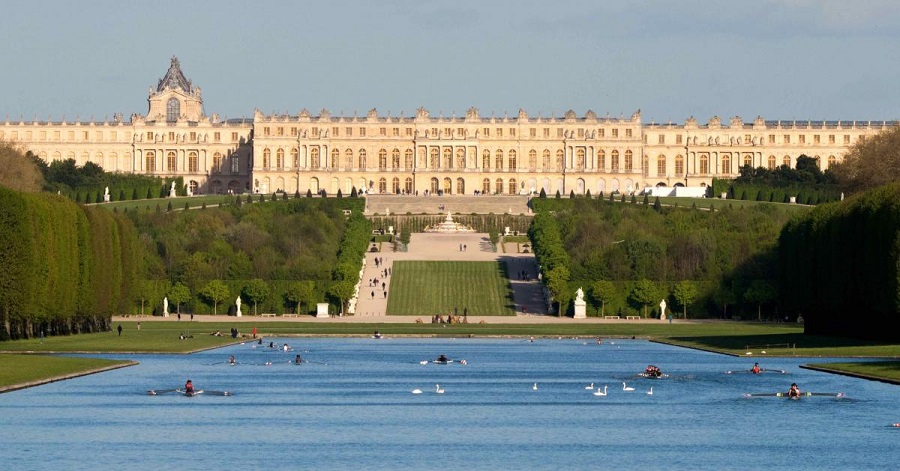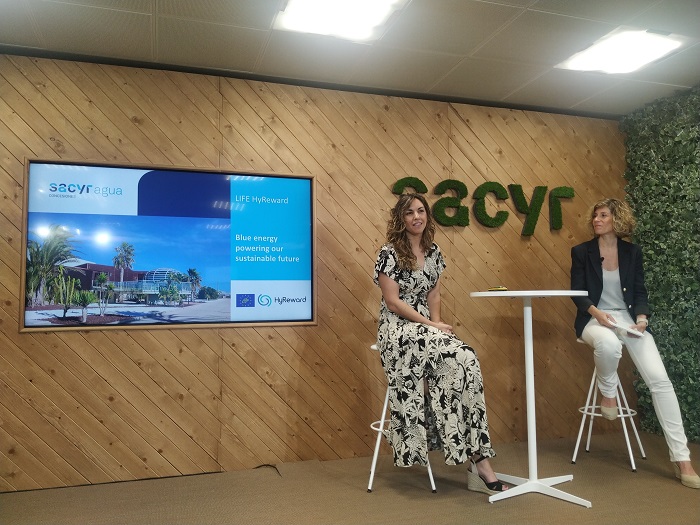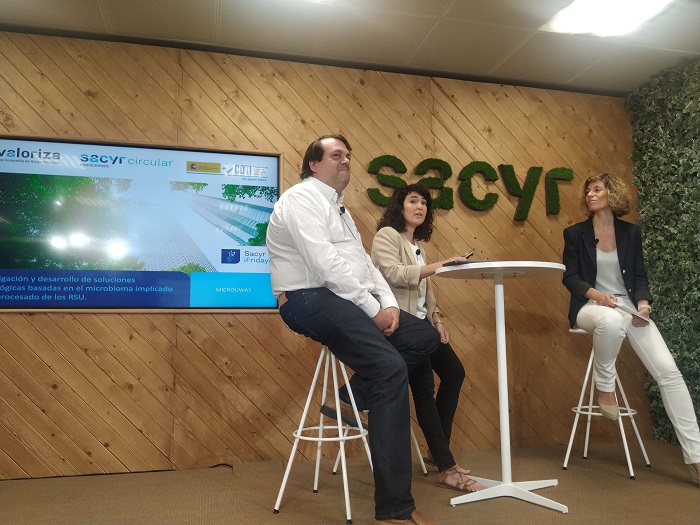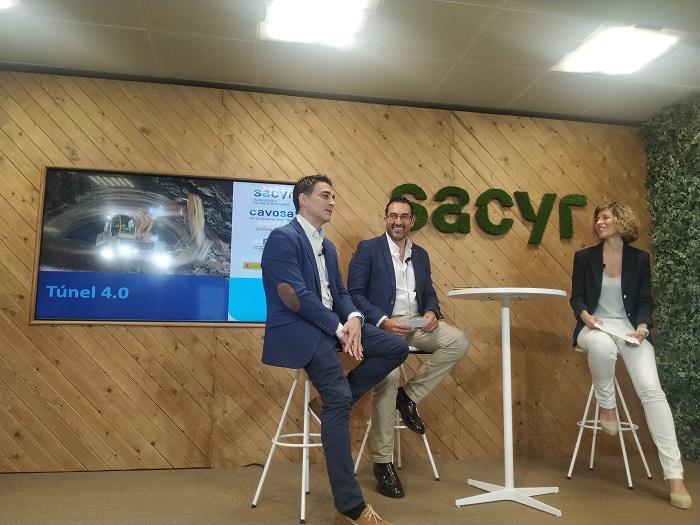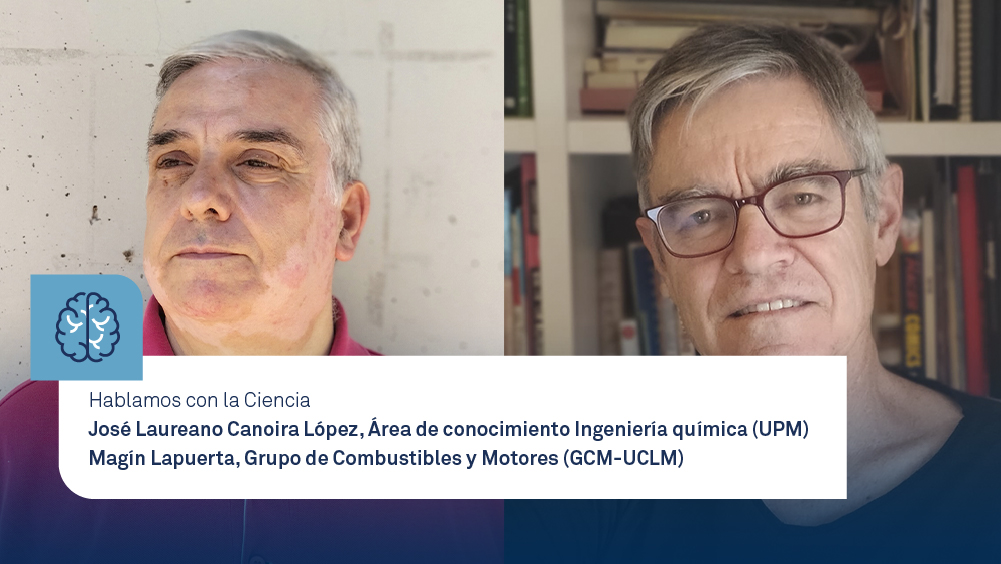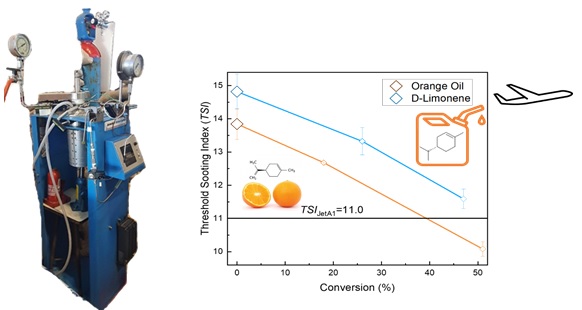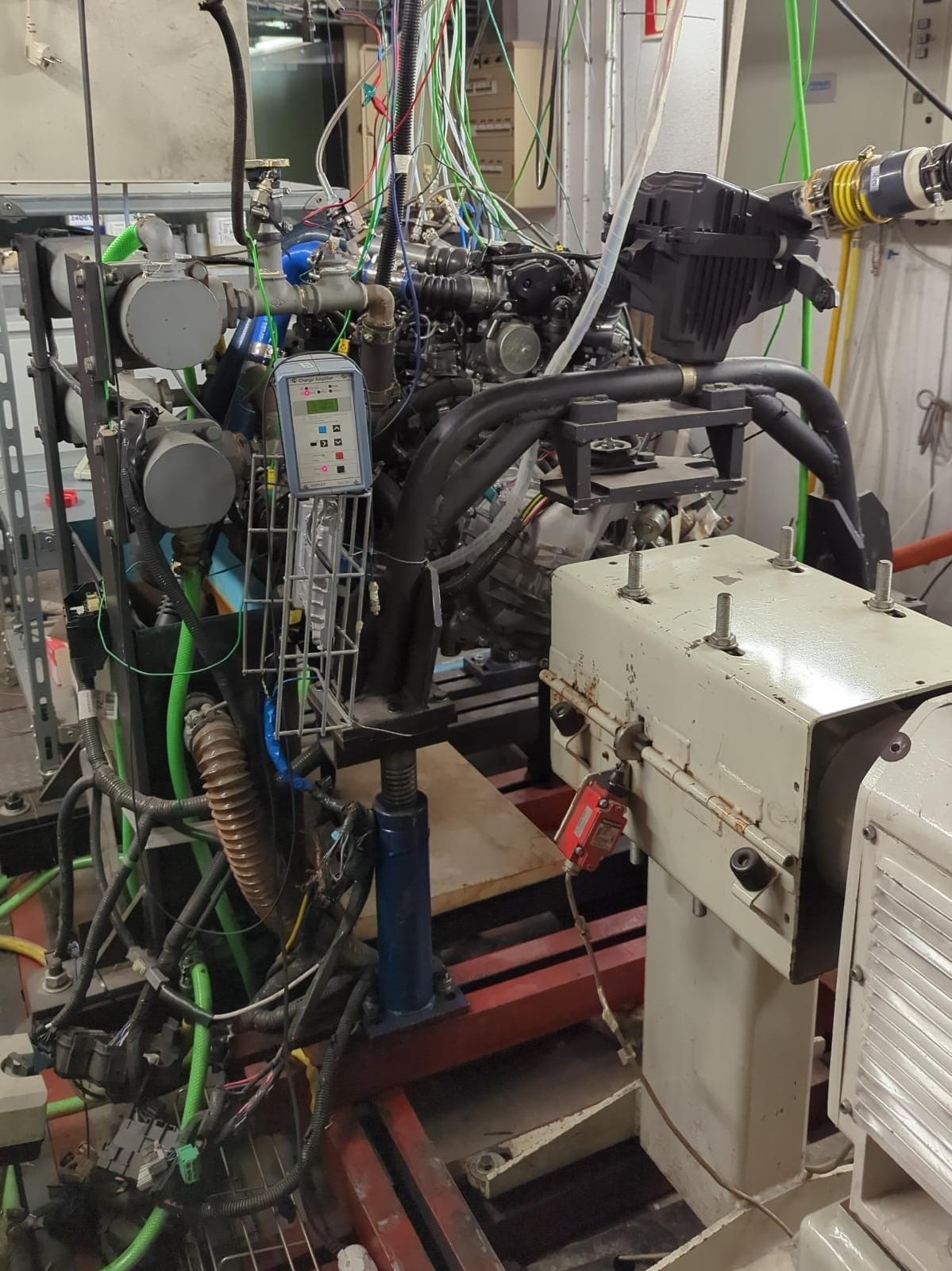The Rumichaca-Pasto road corridor, managed by Concesionaria Vial Unión del Sur (Sacyr Concesiones), is one of Sacyr's most relevant projects in Colombia.
During the construction process, we discovered hundreds of archaeological remains that have been examined by Marcos Martinón-Torres.
Martinón-Torres, curator of the largest exhibition in Europe of the terracotta warriors of Xi'an (China), coordinated the analysis of these items with David Alejandro Pérez Fernández, Head of the Preventive archaeology program for Rumichaca-Pasto project between 2016 and 2023. Currently, he oversees archaeological tasks at the Unión vial Camino del Pacifico project, another Sacyr contract in Colombia.
Martinón-Torres; Lina Campos Quintero (left), archaeologist at the Gold Museum; Kate Klesner, research associate with Martinon's team, and David Alejandro.
"The Nariño region has vast archaeological wealth. The discoveries made in the Vial Unión del Sur project are extraordinary and among the largest in Colombia's recent history. Excavations have unearthed pre-Hispanic tombs that provided us thousands of objects, revealing the richness and diversity of their technologies and funerary rituals," says Martinón-Torres.
"Thanks to the excellent work of Sacyr's archaeologists, we have been able to carry out a very important part of our Reverseaction project, funded by the European Research Council. This project aims to explain how stateless societies mastered complex and luxurious technologies, such as goldsmithing, textile production, and precious stones. Items of this kind are usually associated with kings or pharaohs," explains the researcher.
"Including the perspective of European researchers and advanced scientific techniques is helps expand the possibilities of interpretation of the archaeological materials found during the archaeological excavations at the Rumichaca-Pasto widening project. Their insights help establish deep reflections about the ancient of this region, their way of life and how they connect to the technology at the time applied to ceramic arts", explains David Alejandro.
"We carry out scientific analyses using various techniques from different scientific disciplines (natural, geological, and physical) to better understand objects that are 1,500 years old," explains Martinón-Torres.
The three main techniques he uses are:
- Chemical analysis on ceramic objects to understand the clays and pigments used.
- Scanning electron microscopy to observe the items’ microstructure.
- 3D modeling to study their morphology and better understand their manufacturing processes.
"The collaboration with David Pérez and the Sacyr archaeologists has been incredibly enriching and synergistic. From the beginning, they have been open to sharing their discoveries," explains the archaeologist.
"We were impressed by the professionalism of the archaeological record and the extent of excavations and items found. Upon our arrival, all the excavations were already completed. We have been able to add to our scientific contributions based on Sacyr's archaeological work," says Martinón-Torres.
"There is still much to do. As our project is currently planned, it will go on until 2026. We plan to return to Pasto at the beginning of next year to begin disseminating the results and take further steps. We will also develop our collaboration with the Gold Museum in Pasto, as well as with indigenous communities," this scientist says.
The team has begun collaborating with native communities to better understand their history and integrate pre-Hispanic technologies into today's traditional crafts. "We can only do this work if we feel welcome and can contribute something to the local communities," he stresses.
For example, Prof. Martinón-Torres’ team is collaborating with a community that is searching for clays for traditional pottery. Researchers compare these clays with those used thousands of years ago to better understand pigments used in the past.
Kate Klesner, a postdoctoral research associate at the University of Cambridge and a member of Martinón-Torres' team, has worked with students from universities in Colombia to analyze these findings.
"The idea is to publish an article with Kate and Marcos; hopefully this year. The combined research reports amount to close to 4,000 pages, and they are an excellent groundwork for a book that will expand our knowledge about the human societies that inhabited this part of the world," says David Pérez.
According to Martinón-Torres, the excavations in this area are some of the most extensive and abundant known in the world.
